This chapter describes the capability of the system to make various comparisons and experiments and to estimate variations in the greenhouse.
Those abilities will help users from various fields: growers, seeds companies, universities and research stations, etc.
The system offers a wide range of capabilities and its use via the Internet website is very easy and efficient. It can be immediately implemented by growers.
Mapping and variation estimation of growth rates throughout the greenhouse.
The system enables estimation of the variation of plants growing in the greenhouse in order to identify hot spots locations and clearly present it on a map.The variation throughout the greenhouse originates from two major factors: climate or irrigation differences between the various sections of the greenhouse and -genetic variations between the plants.
Undoubtedly, reducing the variation throughout the greenhouse poses a great challenge for the growers. The identification of the source of variation would allow growers to manage the greenhouse’s weak growth areas, or reduce the variation between plants by purchasing only high-quality seedlings.(young plants)
The following diagram illustrates the differences in growth rates of plants sampled by the system.
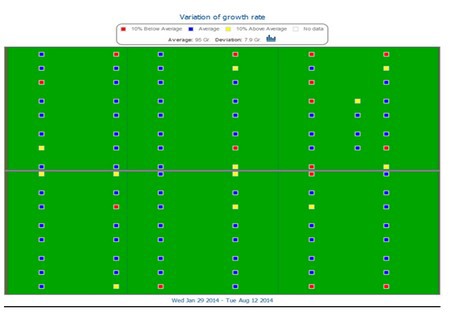
Picture 1: Mapping of the greenhouse weighing units indicating the average weight (blue), high (yellow) and low (red) weights
This diagram illustrates the growth rate over most of the course of the growth season- from the beginning of the season until the month of August. Note that the growth rate of plants close to the greenhouse walls is significantly lower that the average.
The system provides information regarding the range of plants’ growth rates. The plants distribution by growth rate provides growers information on plants population uniformity.
In general, it is easier to increase the yield of plants with a low yield than those with a high yield, therefore it is of importance to characterize plant population components.
Diagram 2 describes an example of plant distribution over an average range of 94.8 gr. of stem weight. The deviation was ± 8 g. (when 4 plants out of 100 were outside this range). This fact is very important in general and especially for the comparison of the data supplied by seed companies and nurseries regarding the variation of the products they supply.
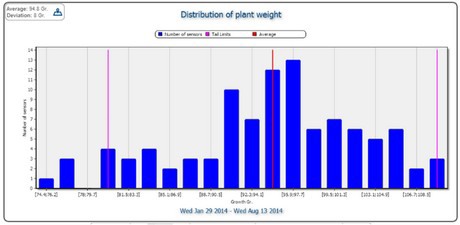
Diagram 2: Distribution of growth rate of 100 plants
Comparison between greenhouse compartments, rows and ongoing Trials
Modern greenhouses comprise of growth areas (compartments) with separate climate and irrigation control system.Comparison between the various growth areas enables rapid identification of differences in growth and adjustment of proper agro- technology. Detailed monitoring of growth, climate and irrigation data enables the identification of the steps to be taken for the improvement of the growth.
The following graph (1) shows the growth over a 4-day period in 6 compartments: the differences in growth performance between compartments can sometimes reach up to 20%.
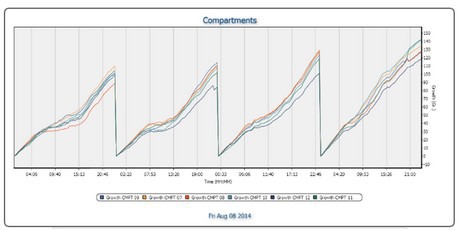
Graph 1: Daily growth rates and comparison between compartments
The system facilitates to conduct tests and receive fast results. The following graph describes a comparison between two growth technologies: 3 stems /m2 (blue) as compared to 3.3 stems (red).
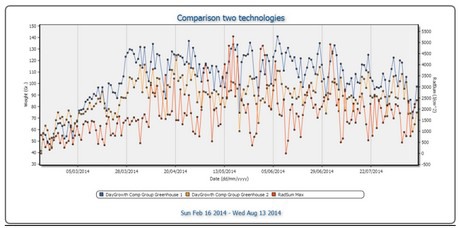
Graph 2: Comparison between growing technologies
Graph 3 illustrates a comparison between the growth rates over the rows (perpendicular to the main path) and a comparison between the growth rates over the posts (parallel to the main path).
This comparison offers a better understanding of the variation throughout the greenhouse.
Note the difference between rows, where row no. 5 is lower than the others. The difference in the growth rates between the posts is apparent. Here growers must identify the cause and try to improve the situation.
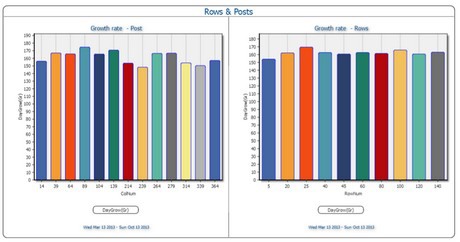
Graph 3: Comparison between growth rates between rows and posts (perpendicular and parallel to the main path)
This article is the second publication in a special series of articles on HortiDaily this month. Click here to read part 1 on Paskal's Growth Analysis System: System structure and capabilities
Next week, on Thursday October 2, we will publish the third article in this special series. Dr. Menachim Dinar will then discuss Analysis of Growth.

Paskal
Eliezer Adania
T +972 4 957 5877
eliezer@paskal-group.com
www.paskal-tech.com
